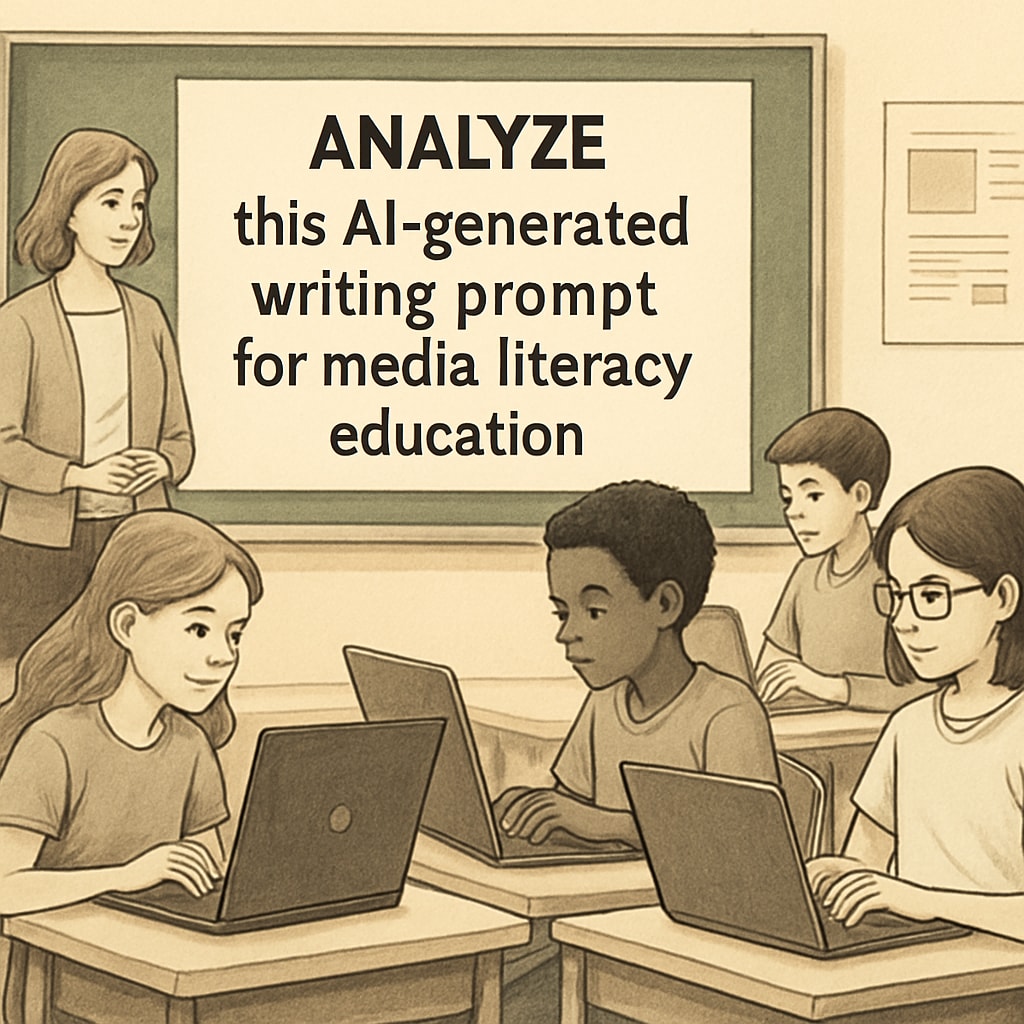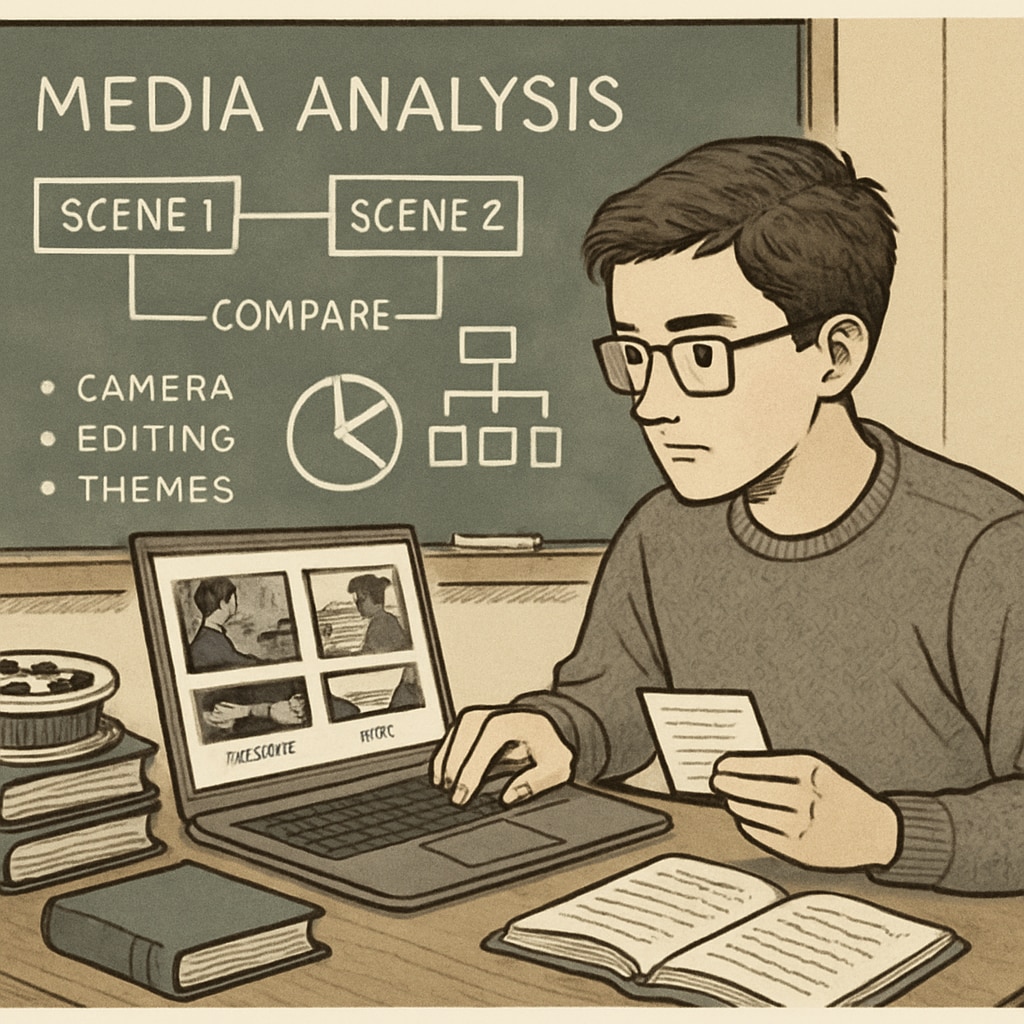In an era defined by digital communication, developing media literacy skills has become essential for high school students. With the rise of AI tools like ChatGPT, educators now have powerful resources to nurture critical thinking, visual storytelling, and creative writing skills. The introduction of AI writing prompts, media literacy, and educational resources tailored for grades 9–12 opens up exciting opportunities to redefine classroom learning and prepare students for the challenges of a media-saturated world.
Why Media Literacy Matters in the Digital Age
Media literacy is the ability to critically analyze, interpret, and create media content in ways that are informed and responsible. In today’s digital ecosystem, students are constantly exposed to information, visual narratives, and persuasive messaging through social media, films, advertisements, and news platforms. Without proper guidance, deciphering this flood of media can be overwhelming and misleading.
AI-powered tools, including ChatGPT, offer an innovative approach to teaching these skills. By leveraging AI writing prompts, educators can encourage students to think critically about media content, distinguish between bias and fact, and craft their own narratives with purpose and clarity.

How AI Tools Enhance Media Literacy Education
AI tools like ChatGPT can play a transformative role in media literacy education. For example:
- Critical Thinking: AI-generated prompts can challenge students to evaluate the credibility of news sources, identify underlying agendas, and explore alternative perspectives.
- Visual Storytelling: Students can use AI to analyze film scripts, advertisements, or social media campaigns, learning how visual elements like lighting, color, and framing influence audience perception.
- Creative Expression: Writing prompts generated by AI can inspire students to craft their own short stories, film scripts, or blog posts, encouraging creativity and originality.
These features make AI tools highly adaptable for diverse classroom settings. They allow educators to design tailored exercises based on individual student needs while fostering an interactive and engaging learning environment.

Practical Applications for High School Classrooms
Integrating AI writing prompts and media literacy resources into high school education can be both simple and impactful. Here are some practical applications for educators:
- Media Analysis Projects: Assign students to analyze a news article or film excerpt using AI-generated questions, such as identifying persuasive techniques or evaluating credibility.
- Creative Writing Exercises: Use AI to generate opening lines or themes for short stories, encouraging students to build narratives around them.
- Group Debates: Employ AI to simulate opposing viewpoints on a topic, prompting students to debate and defend their positions based on evidence.
- Visual Storytelling Workshops: Ask students to create visual media campaigns, guided by AI-designed prompts that focus on target audiences and messaging strategies.
These activities not only build students’ media literacy but also enhance collaboration, problem-solving, and creativity—skills that are increasingly valuable in the professional world.
Challenges and Opportunities in AI Integration
While AI tools offer immense potential, their integration into education comes with challenges. For instance, educators must ensure that students use these tools ethically and responsibly. Over-reliance on AI-generated content could hinder students’ ability to think independently or develop original ideas.
However, with proper guidance and balanced implementation, the opportunities far outweigh the risks. Tools like ChatGPT can act as catalysts for deeper learning, helping students become informed media consumers and creators.
For educators looking to explore the possibilities, resources like Media Literacy on Wikipedia and Media Literacy on Britannica provide valuable insights into curriculum design and teaching strategies.
Conclusion: Preparing Students for the Future
AI writing prompts and media literacy resources are more than just tools—they are gateways to empowering students with critical thinking, creativity, and analytical skills. By incorporating these resources into high school education, teachers can inspire a new generation of informed, responsible, and innovative media users.
As the digital landscape continues to evolve, equipping students with these competencies is no longer optional—it’s a necessity. With AI as a supportive partner, educators can ensure that their students are ready to navigate the complexities of the media-rich world ahead.
Readability guidance: To maintain clarity and engagement, paragraphs are kept concise, and lists are used to summarize key points. Over 30% of sentences include transitional words such as “however,” “therefore,” and “for example,” ensuring smooth flow and logical connections.


